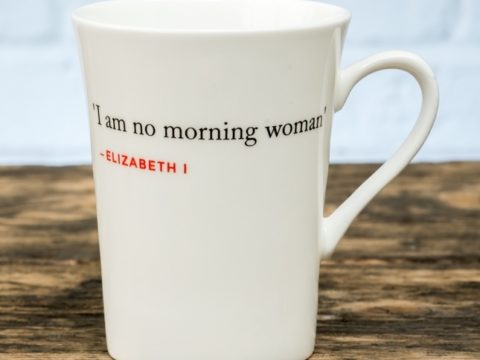Who's Who in Wolf Hall
Biographies of people whose lives entwined with Cromwell
Chapter 5 : Gardiner - Knyvett
Gardiner, Stephen, Bishop of Winchester c. 1483 - 1555 Gardiner was a graduate of Trinity, Cambridge and a Doctor of both Civil and Canon law. He was appointed as Secretary to Thomas Wolsey in the 1520s and fought hard to obtain a commission from the Pope for Wolsey to rule in the matter of the King's annulment. He transferred from Wolsey's employ to become Secretary to the King. Although a strong supporter of the Royal Supremacy, he was completely opposed to doctrinal changes in religion. He was an inveterate opponent of Cromwell, and as one of the leaders of the leaders of the conservative faction at Henry's court was instrumental in Cromwell's downfall. He was imprisoned throughout the majority of Edward VI's reign, emerging from the Tower in 1553 to be appointed Lord Chancellor to Mary I.
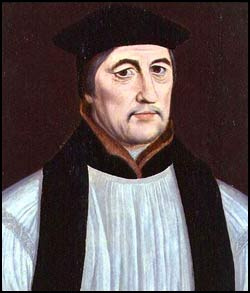
Although a strong supporter of the Royal Supremacy, he was completely opposed to doctrinal changes in religion. He was an inveterate opponent of Cromwell, and as one of the leaders of the leaders of the conservative faction at Henry's court was instrumental in Cromwell's downfall. He was imprisoned throughout the majority of Edward VI's reign, emerging from the Tower in 1553 to be appointed Lord Chancellor to Mary I.
Grenville, Honor, Viscountess Lisle c. 1494 – 1566 Second wife of Arthur Plantagenet, Viscount Lisle, her letters, preserved in the Lisle papers, give a lot of information about Henry's court in the 1530s. By her first marriage to Sir John Bassett, she was mother of Anne and Katherine Bassett, both maids-of-honour to Henry VIII's later wives.
Honor was one of the ladies who attended Anne Boleyn on the trip to Calais in 1532 where it is likely that Henry and Anne first consummated their relationship. Honor influenced her husband strongly, and Cromwell wrote to him, suggesting that she be kept out of affairs of state.
Honor was reputed by later Protestant writers to have been behind a plot to cede Calais to the French, as she was believed to maintain Catholic sympathies. After her husband's arrest, she was held under house arrest. Following his death, she remained confined for a further two years, before retiring into obscurity in her native Cornwall.
Books
The Lisle Letters: An Abridgement – Muriel St Clare Byrne
Grey, Thomas, 2nd Marquis of Dorset 1477 – 1530. Half-cousin of Henry VIII and a famous jouster, Dorset led a disastrous campaign in France in 1512, returning with a fraction of the men sent out, many having died of disease and starvation. He was restored to favour and remained close to the King for the rest of his life. Cromwell was appointed as his Attorney by 1522.
Hall, Edward c. 1498 - 1547 – Author of The Union of the Two Noble and Illustrate Famelies of Lancaster and Yorke, otherwise known as Hall's Chronicle. The Chronicle is a major source of information about Henry VIII's reign. Hall was a friend of Cromwell's and presents Henry VIII in a positive light.
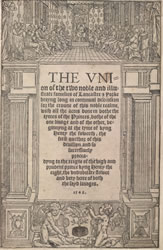
Henry VIII 1491 – 1547 Henry, an extremely accomplished and intelligent man, began his reign in traditional fashion, promoting war with France and expressing strong support for Papal authority. By the late 1520s however, a combination of dynastic fears (he had only one legitimate child, a daughter) and his passion for Anne Boleyn, led him to request Pope Clement VII to grant an annulment of his marriage. The political situation in Europe did not permit the Pope to accede to this request and Henry sought other alternatives.
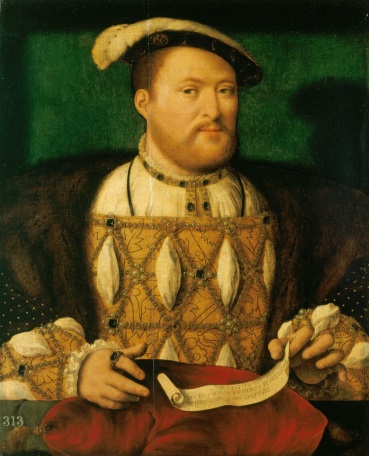
The advisors and friends of the first twenty years of his reign, Queen Katharine, Cardinal Wolsey, Sir Thomas More, Bishop Fisher, Nicholas Carew and Archbishop Warham were overthrown in favour of a new group of advisers who could deliver the King's desire. Most prominent amongst these for the period 1531 – 1540 was Thomas Cromwell. Henry broke with Rome, took the title Supreme Head of the Church in England and pursued a policy of ruthless repression of all dissent. By 1539, the court had divided into factions, largely based on the religious divide. Pro-reform leaders were Cromwell, Thomas Cranmer, Archbishop of Canterbury and Edward Seymour, Earl of Hertord.
The conservatives were led by Thomas Howard, 3 rd Duke of Norfolk and Bishop Gardiner of Winchester. In the power struggles between the factions, Cromwell was ousted. Henry married a total of six times, but still left a minor heir, a disputed succession, and a country that was almost bankrupt despite the huge injection of cash from the Dissolution of the Monasteries.
Biographies
Henry VIII – J.J. Scarisbrick
Henry VIII – David Loades
Henry VIII: The Quest for Fame – John Guy
Henry: Virtuous Prince – David Starkey
Henry: Model of a Tyrant – David Starkey
Howard, Henry, Earl of Surrey c. 1517 – 1547 son of Thomas Howard, 3rd Duke of Norfolk, he was brought up with the King's illegitimate son, Henry Fitzroy. Surrey was an extremely gifted poet and introduced the rhyming schema now associated with Shakespearian sonnets. Surrey, as son and grandson of the two highest ranking nobles at the Court of Henry VIII had a reputation for arrogance and disdain for lesser mortals.
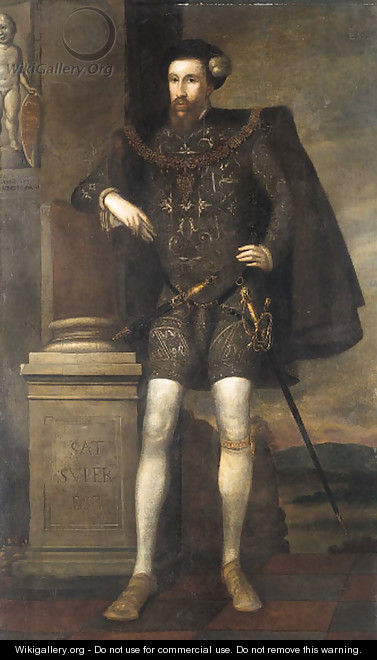
Initially, he was a reformer in religious matters, but seems to have become more conservative over time. Like other members of the old nobility, he disliked Cromwell intensely. A brave, though sometimes foolhardy military leader, he won Henry's approval during various military campaigns, only to forfeit it through imprudence and the loss of many men in a skirmish.
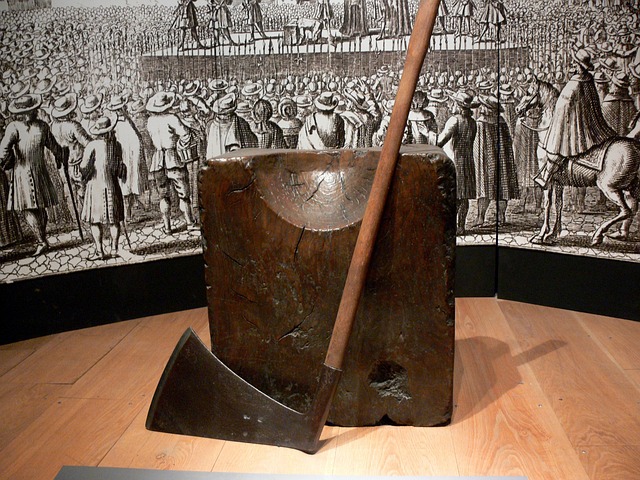
He was eventually convicted of treason, on rather dubious grounds relating to his armorial bearings. His family signally failed to support him.
Howard, Mary, Duchess of Richmond 1519 – 1557 Mary, first cousin to Anne Boleyn, was promoted by Queen Anne as a suitable wife for Henry VIII's illegitimate son, Henry Fitzroy, Duke of Richmond. The marriage took place, but was not consummated, leaving Mary in a difficult position when she was widowed at the age of eighteen as the King refused to pay her jointure. Mary remained at Court, serving all of Henry's subsequent Queens, and undergoing a brief arrest whilst the antics of her cousin, Queen Katheryn Howard were investigated.
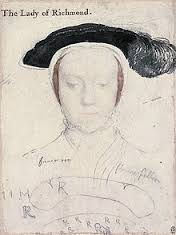
Mary was closely linked to the reforming faction and was under suspicion of heresy during the queenship of Katherine Parr. Despite being granted permission by the King to marry his brother-in-law, Sir Thomas Seymour, she refused to do so, and remained widowed for the rest of her life. Her testimony helped incriminate her brother, Henry Howard, Earl of Surrey. After Henry VIII's death, Mary retired from court and remained in the country, avoiding the religious pitfalls of the reigns of Edward VI and Mary I.
Howard, Thomas, 3rd Duke of Norfolk 1473 - 1554 Norfolk, uncle of Anne Boleyn, was a prominent member of Henry's court, although he was never fully trusted by the King. He had played an important role in the victory over Scotland at the Battle of Flodden, and had been a successful Lord Deputy in Ireland. Norfolk was relentlessly opposed to the new ministers favoured by Henry, whom he saw as upstarts, encroaching on noble prerogatives.
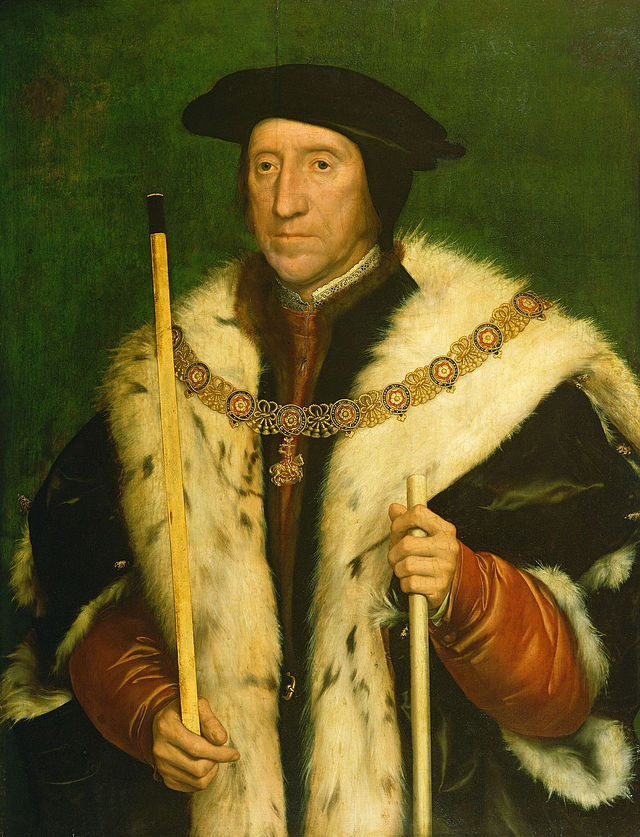
Thus, he was an enemy first of Wolsey, then, to an even greater degree, of Cromwell. Norfolk hoped to be promoted to Henry's closest minister after his successful management of the military campaign against the Pilgrimage of Grace, but Cromwell continued as Henry's chief minister. During the 1530s he and Cromwell jockeyed for position, and Norfolk eventually gained the upper hand when Henry failed to consummate his marriage with Anne of Cleves, which marriage had been heavily promoted by Cromwell.
Henry preferred Norfolk's niece, Katheryn Howard, and Norfolk took advantage of the situation to organise a coup against Cromwell. Norfolk stripped Cromwell of his Garter ribbon with his own hands, and had him arrested at a Privy Council meeting. Norfolk came to grief himself, when his son, Henry Howard, Earl of Surrey was accused of treason, and Norfolk spent the whole of the reign of Edward VI in the Tower, before being released on Mary's accession, aged eighty.
Holbein, Hans c. 1497 – 1543 Holbein, a native of Augsburg is one of the most famous portrait painters of the first half of the sixteenth century. He came to the attention of the English Court, through his friendship with Erasmus, who recommended him to Sir Thomas More when Holbein travelled to England in 1526.
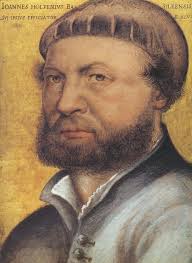
His portrait of More and family was immediately acclaimed, but he returned to Basel in 1528. When he returned to England in 1532, he avoided More and was patronised by Cromwell, who was known for his love of art, and received many commissions from Henry VIII and his courtiers. In 1538, Holbein was commissioned to paint princesses of Europe, so that Henry could choose a new bride. His portrait of Anne of Cleves (who was Cromwell's preferred candidate) so entranced the King that she was selected as his fourth wife. Unfortunately, although it was never claimed that the likeness of Anne was not true, in the flesh, Henry did not find her attractive. This disastrous marriage led directly to Cromwell's downfall.
Katharine of Aragon, Queen of England 1485 – 1536 daughter of Ferdinand of Aragon and Isabella of Castile, Katharine came to England in 1501 to marry Arthur, Prince of Wales. On Arthur's death, it was agreed she would marry his brother, Henry, and a dispensation for the marriage was granted by the Pope, allowing for either the case of consummation or non-consummation of the first marriage. In fact, the match did not take place until Henry succeeded to the throne in 1509.Katharine was exceptionally well educated and intelligent, a patron of learning and a woman who inspired great personal loyalty.
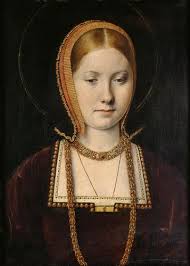
She and Henry lived happily together for some sixteen years, although only one child, Mary, survived more than a few weeks. By 1525, with Katharine past child-bearing, Henry was looking elsewhere for an heir. Simultaneously, he became enamoured of Anne Boleyn. Henry requested the Pope to grant an annulment of his marriage to Katharine, on the basis that the dispensation was not valid, as the Pope could not dispense in the particular case.
Katharine argued that as her first marriage had not been consummated, her second marriage was valid. Initially, Henry tried to persuade Katharine by gentle means, but she was adamant that she would not back down. Supported by her powerful nephew, Emperor Charles V, Katharine fought the annulment to the bitter end, refusing to accept the verdict given by Archbishop Cranmer in 1533 that the marriage was invalid, and that she was not Queen, but merely Princess Dowager of Wales. She was sent to increasingly isolated castles and parted from her daughter. She died in 1536, signing herself Katharine the Queen.
Biographies
Catherine of Aragon: Henry VIII's Spanish Queen - Giles Tremlett
Sister Queens: Katherine of Aragon and Juana of Castile - Julia Fox
Kingston, Sir William c. 1476 – 1540 Kingston, a native of Gloucestershire served in military and diplomatic missions in the period 1500 – 1524 before being appointed as Constable of the Tower. In that capacity he had the unenviable job of arresting Wolsey, guarding Sir Thomas More, Bishop John Fisher and Queen Anne Boleyn, and eventually, guarding Cromwell.
Kratzer, Nicholas c. 1487 – 1550 An associate of Thomas More, Erasmus and Holbein, Kratzer was a German mathematician who tutored More's children. He was appointed as Astronomer to Henry VIII, who took a keen interest in scientific matters.
Knyvett, Charles Surveyor to his cousin, Edward, Duke of Buckingham, Knyvett resigned his position in 1521 and gave evidence against the Duke in his trial for treason. Knyvett employed Cromwell to argue his case for compensation.
This article is available for Kindle, for purchase from Amazon US and Amazon UK.
